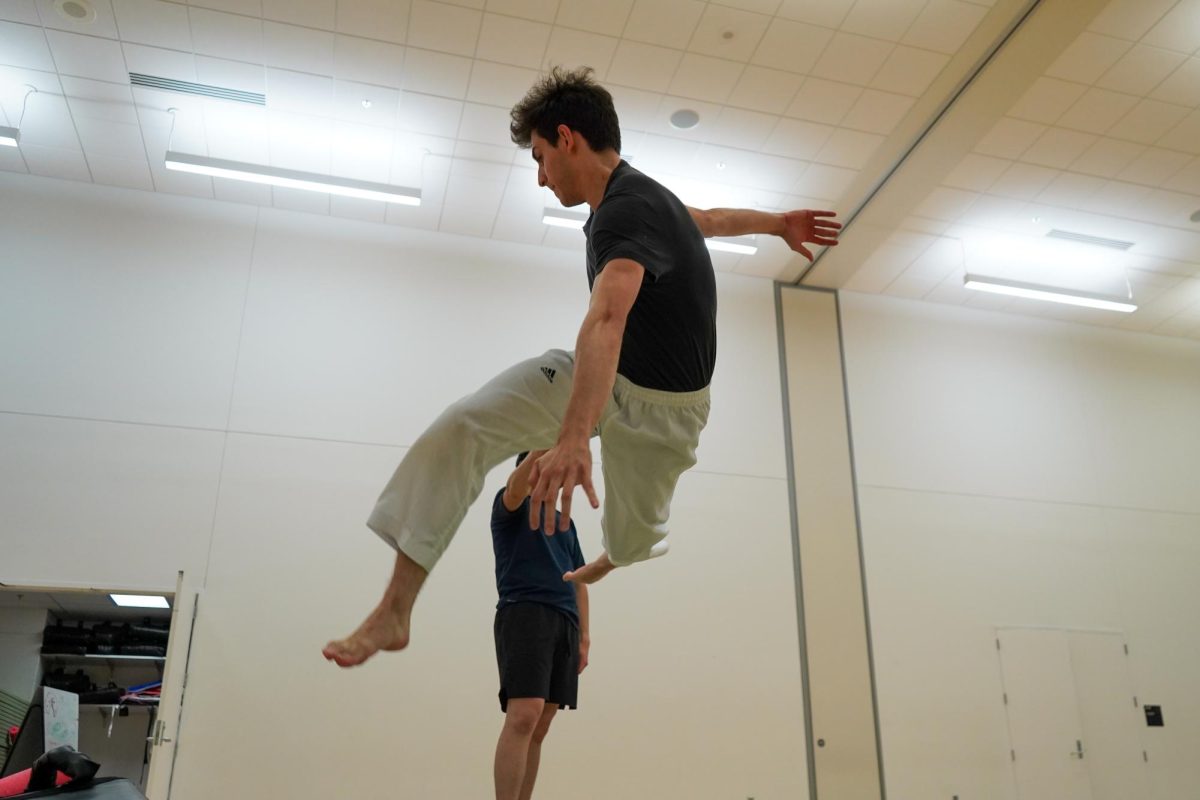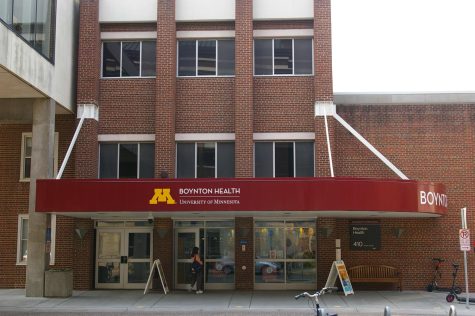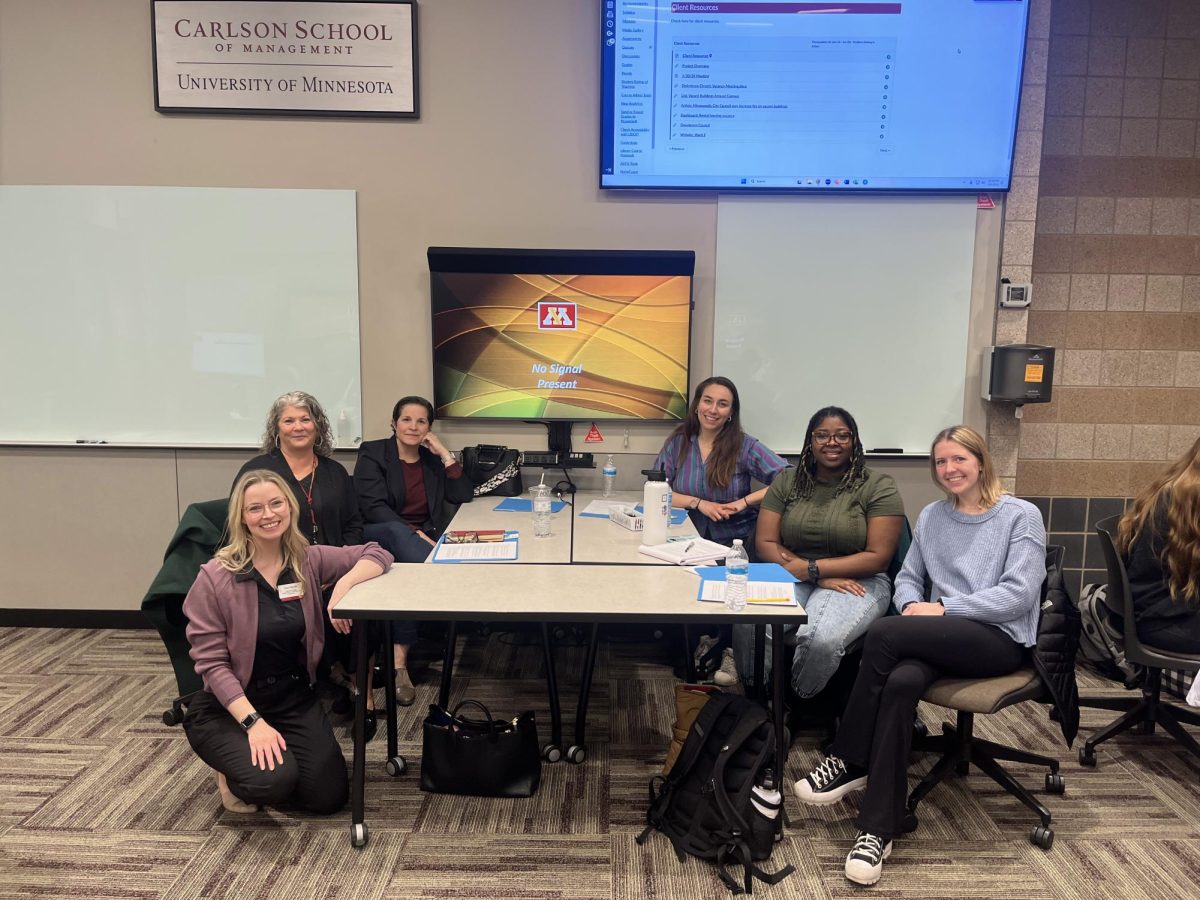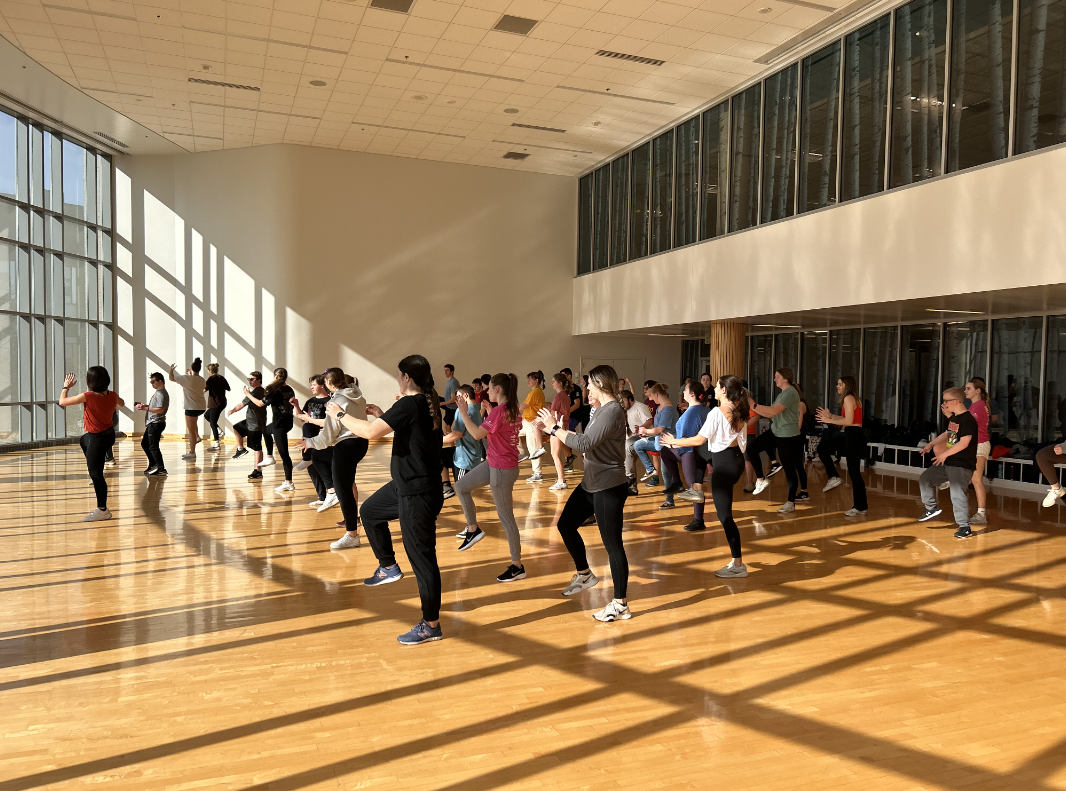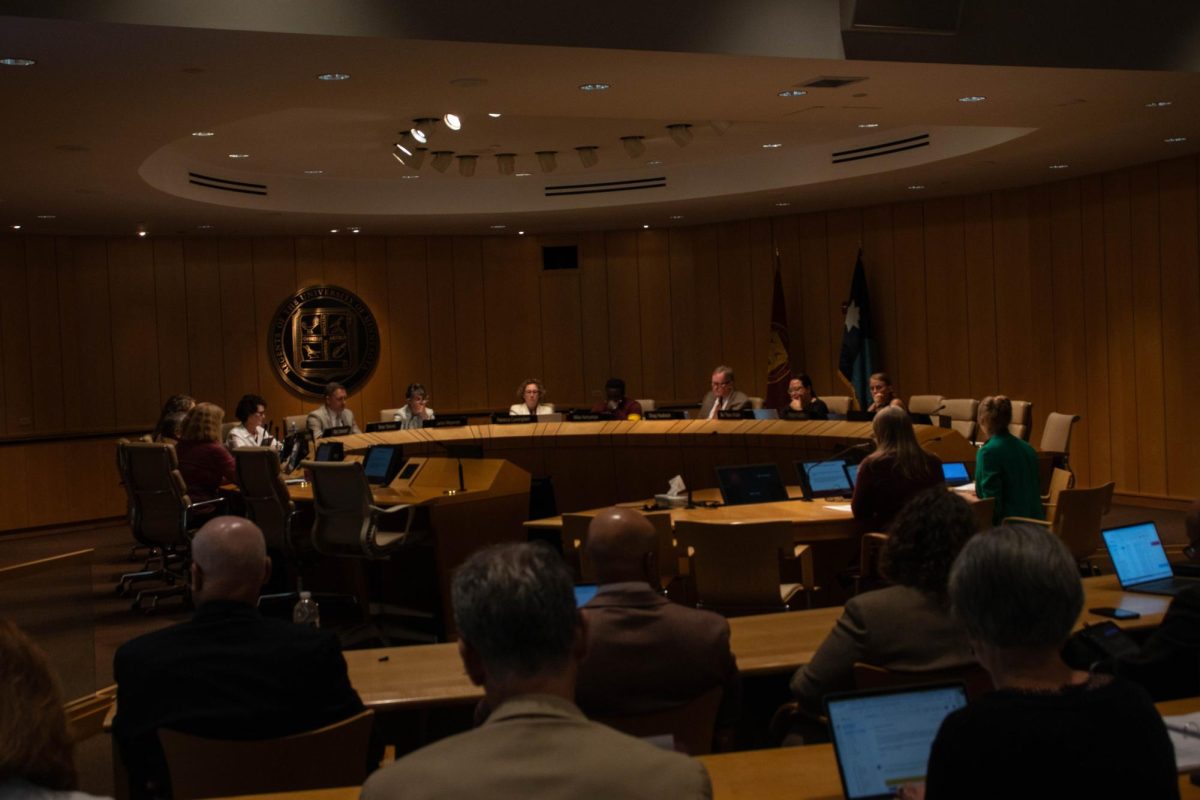The University of Minnesota’s BIOL 1003 course, the Evolution and Biology of Sex, has attracted students in overwhelming numbers since its conception 10 years ago.
The course, taught by Dr. Katherine Furniss and Dr. Sarah Hammarlund, intrigues students for its shocking subject matter, but follows through on its relevance in students’ lives and fostering curiosity.
“The word sex in the title is doing a lot of work,” Hammarlund said. “Then I think the class ends up being a lot of foundational important science and biology that happens to be in the context of sex, and the context of sex really enhances a lot because it’s fascinating and really important for our lives.”
Much of the course’s popularity comes from word-of-mouth, Furniss and Hammarlund said.
“The class follows through and delivers on engaging students and meeting that curiosity in a way that then leads them to tell their friends, ‘Hey, this class was really interesting; I did enjoy it and learn things,’” Furniss said.
The course facilitates learning mainly through lab activities and student-to-student collaboration in lectures.
“It’s always been an active learning course in which students aren’t just sitting there and listening to science professors drone on about science,” Furniss said. “Rather they get to talk to each other and use their own brains to think and apply what you know.”
Elaina Hughes, a University student taking BIOL 1003 this semester, initially enrolled in the class after hearing positive feedback from friends but said the course proved to be more relevant and informative than she originally expected. Hughes added this was most prevalent in a recent lab where students tested the strength of condoms using weights.
“We were able to test out theories that people have made about condoms and how reliable they are, and they are really reliable,” Hughes said. “It’s also helpful for students having sex to know that they are trustworthy.”
Carter Sharp, another University student who took BIOL 1003 last spring, said he agrees lab activities were particularly memorable. The nature of these lab activities facilitated learning in an individualized way, according to Sharp.
“The labs were pretty open-ended,” Sharp said. “It sort of felt like making your own experiment was the goal.”
Despite the course’s often unconventional lecture topics and lab activities, BIOL 1003 allows students to learn about important topics regarding animal and human biology in a safe and welcoming space.
“The professors make it a really comfortable environment to talk about sex and everything that comes with it,” Hughes said.
The course’s easygoing setting provides a unique learning environment, tailored to non-Biology majors looking to fill their biological science requirements.
“It was a more relaxed way to learn biology than a typical science class, particularly for someone not in biology,” Sharp said.
Furniss and Hammarlund said the course’s unconventional subject matter is directly related to the fact that BIOL 1003 is geared toward students outside of the biology major. This concept is what shapes their approach to teaching the course.
“We’re both very mindful that this is a non-majors group,” Furniss said. “This is most likely the last biology class they will ever take in their entire life, so I ask myself, ‘What do I want them to remember? Or be able to understand in five years and in 10 years, when they are making medical decisions for themselves or if they choose to have children or dependents?’”

















